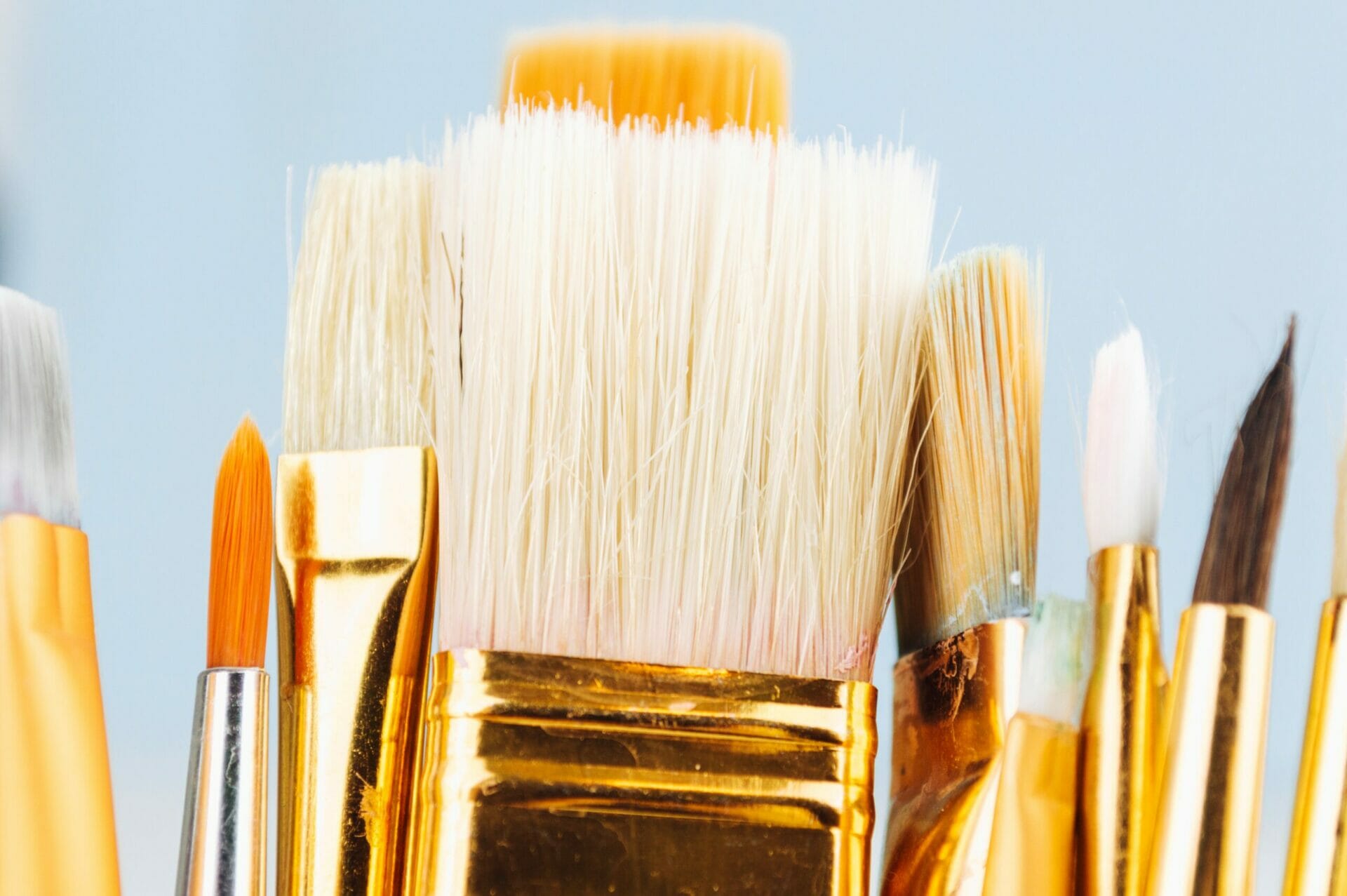When it came to writing my upcoming book, I kept circling back to one phrase in particular: “caring leadership is more art than science.” Why art? When we think of art, we think of creativity, innovation, risk-taking, and resourcefulness. Art challenges, motivates, and excites us, and even pushes us out of our comfort zones at times. I would argue many—if not, all—of those qualities apply to caring leadership, as well.
But how else do leaders embody the artist spirit, and why is that mindset even useful to us?
In perhaps a roundabout way, reconceptualizing leaders as artists can help us lead in more generative and transformative ways. By expanding our definition of leadership beyond a results-oriented framework, we can empower our teams in a more personal and imaginative manner. Below I outline a few parallels between leaders and artists, and why it may be worthwhile to keep them in mind.
- Leadership and art are deeply personal and subjective practices. The beautiful thing about art is that there’s no one right way to do it; it’s completely individual. In that same vein, caring leadership is not a cookie-cutter approach, simply because not everyone exhibits care in the same way. Just as we might think of Monet or Picasso as artists with different styles, each leader finds personal inspiration to lead in their own unique way. I myself gained many of my key leadership skills, such as empathy, growing up as the product of an interracial and interfaith marriage. Whatever your sources of inspiration, the real art form is exhibiting your own special pastiche of them all.
- Leaders and artists alike must use a diversity of tools and strategies to get the job done. If you’ve ever seen an artist’s studio, you know how varied and abundant their materials are. Sometimes they need this type of pencil versus that type of brush, or this hue of paint versus that shade of charcoal. Likewise, the effective leader leverages different strategies for different problems. You might employ conflict resolution skills one day, project management strategies the next, or active listening another day, or perhaps all three simultaneously. As a caring leader, it’s your job to become comfortable harnessing your own capacities.
- Both leadership and art is a daily, perpetual journey—not a destination. Leonardo Da Vinci is often quoted as saying, “art is never finished, only abandoned.” Being a caring leader requires consistent practice and growth. Just as artists sketch or write on a regular basis, the more you practice caring leadership, the easier it will get. Some argue effective leadership is proven with increased profits, but I argue that a leader’s responsibilities extend beyond the realm of quantifiable metrics. Caring leaders are tasked with inspiring others to bring out the best in themselves. Sure, you can get a sense of this through engagement surveys and performance reviews, but if a leader makes a truly profound impact, it’s near impossible to measure. Remember: a masterpiece isn’t determined by its price tag.
In closing, I’d remind you that art is for anyone & everyone, and the same goes for leadership. If you value technique and skill as much as heart and integrity, you’ll find there’s plenty of room for your own style of leadership wherever you choose to let it flourish. Thinking of your leadership style as an art form hopefully mitigates the fear of stepping up in your own right. I believe a single stroke can change our lives forever; you need only find the courage to pick up a brush.






